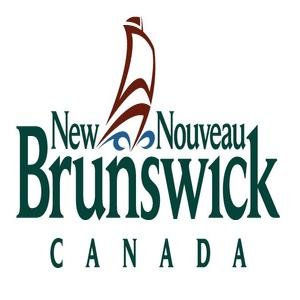geonb
Type of resources
Keywords
Contact for the resource
Provided by
Years
Representation types
Update frequencies
status
Service types
-

Forest cover polygons interpreted from aerial imagery on a 10 year cycle for the province of New Brunswick. The attributes contain information that describes the stand characteristics for that polygon area.
-
Place names, also called geographical names, or toponyms, are the names we use to refer to the places and geographical features around us. They appear on maps and road signs, and we use them every day to give directions or describe where we are. Canada’s naming authority is the Geographical Names Board of Canada (GNBC). The GNBC Secretariat is located at Natural Resources Canada. Les noms d’endroits, également appelés « noms géographiques » ou « toponymes », sont les noms que nous utilisons pour faire référence aux endroits et aux entités géographiques qui nous entourent. Ils apparaissent sur les cartes et les panneaux routiers, et nous les utilisons chaque jour pour donner des indications et décrire l’endroit où nous nous trouvons. L’autorité toponymique du Canada se nomme la Commission de toponymie du Canada (CTC). Le Secrétariat de la CTC se trouve à Ressources naturelles Canada.
-

The boundaries of the map grid are defined by latitude and longitude. Each window is 3 minutes of latitude (approximately 5.5 km) by 6 minutes of longitude (approximately 7.5 km).
-

To identify the geographic area of the 12 Regional Service Commissions under the new Regional Service Delivery Act.
-

Polygons representing a snapshot of buildings throughout New Brunswick. Data is derived from provincial LiDAR data acquired between 2015 and 2018 and include buildings present at the time of LiDAR collection.
-

This dataset of Crown land includes land managed by the Department of Natural Resources and Energy Development (DNRED). Creation – The data was created in the 90s using the codes from the Forest Cover data. In Early 2000 a project was undertaken to correct the errors in ownership that was present in the data. The project compared the data to that of Service New Brunswick and where there were discrepancies in DNRED’s ownership some research was done to correct DNRED’s data, SNB’s data or both. The data is constantly being updated as the department disposes of and/or acquires land, or new survey plans are prepared providing the location of the boundary. Other updates may be done to correct errors after some research has been done on ownership of land. Level of accuracy can vary from boundaries based on the Grant Reference Plans to a survey prepared by a Registered New Brunswick Land Surveyor.
-

Local service district polygons are a graphical representation of the local service district boundaries as defined in the Local Service Districts Regulation - Municipalities Act with an associated LSD place name attribute.
-

This layer contains point features that represent the locations of exploration drillholes in New Brunswick. Geological data collected from exploration drillholes (core) are useful for mineral exploration and bedrock mapping. These data were compiled using archived mineral assessment reports of work (1950s to present), mining lease documents, and other sources. Data accuracy is variable depending on the source.
-

Lidar point cloud data with classifications – unclassified (1), ground (2), low vegetation (3), medium vegetation (4), high vegetation (5), buildings (6), low point - noise (7), reserved – model keypoint (8), high noise (18).
-

The peatland geodatabase consists of polygon entities that depict the perimeter of individual peatlands and point entities that locate field sample sites. Basic attribute data is provided including data that can be used to link the geographical information to several published geoscientific databases.
 Arctic SDI catalogue
Arctic SDI catalogue